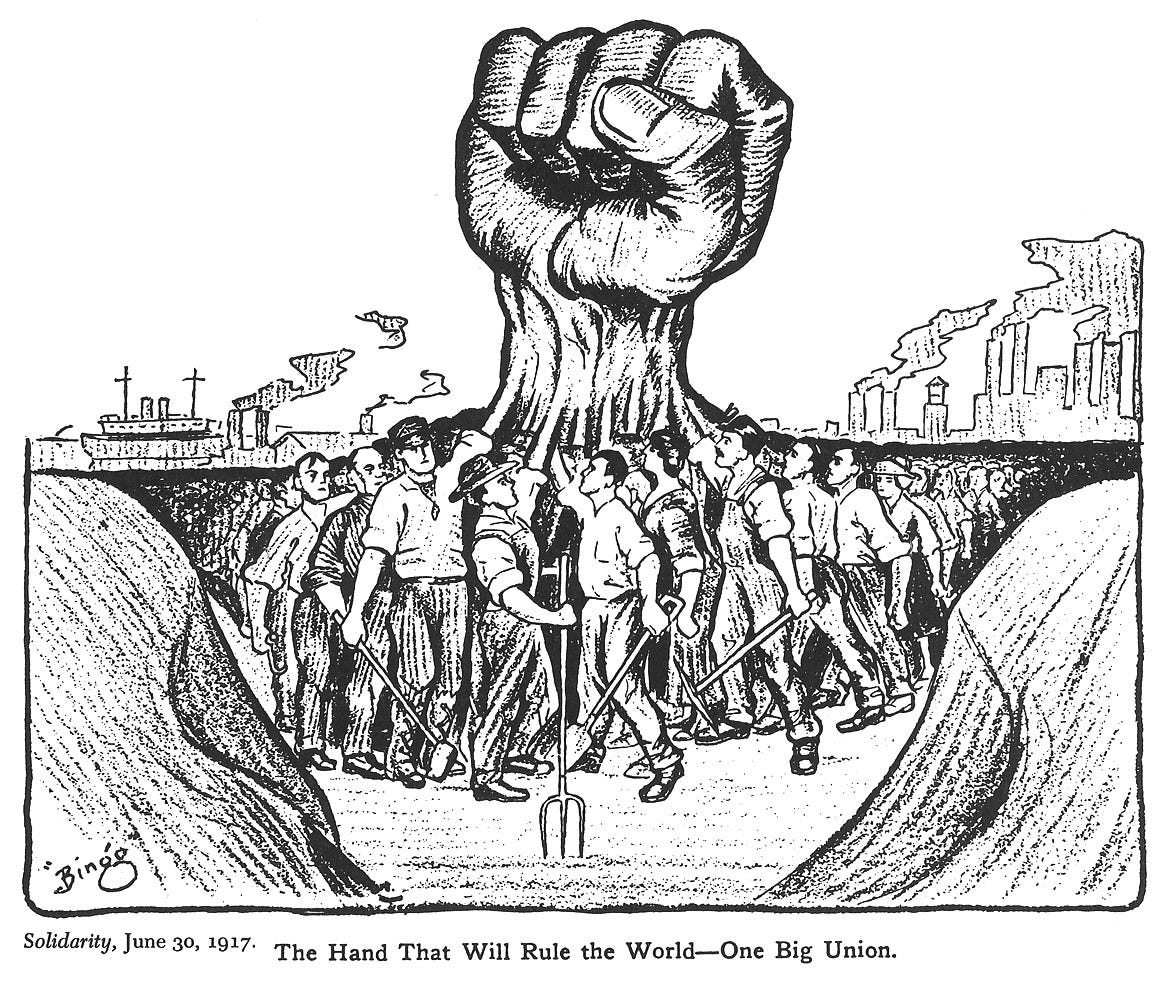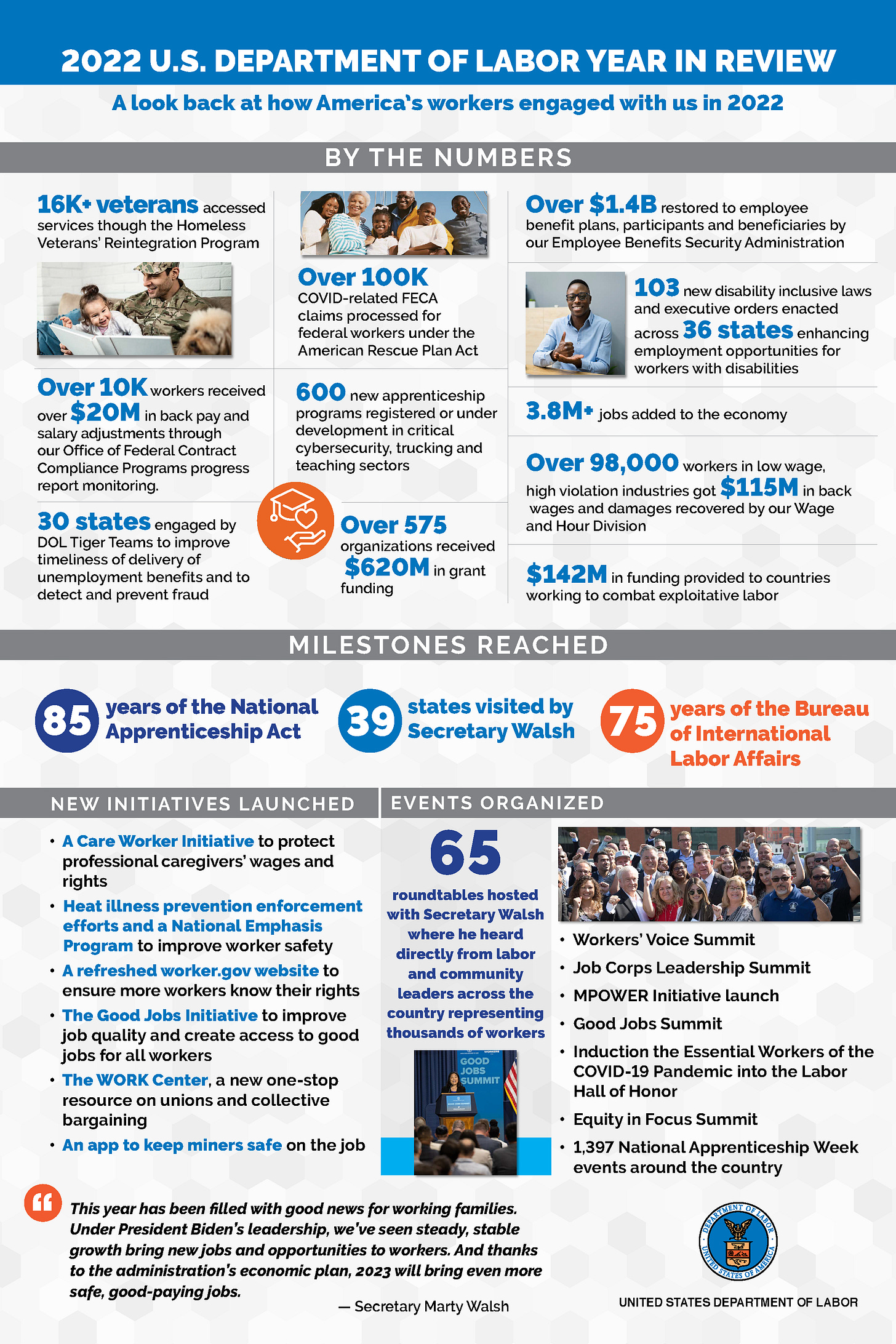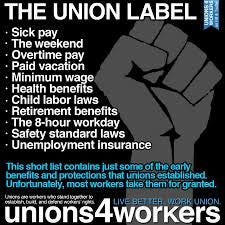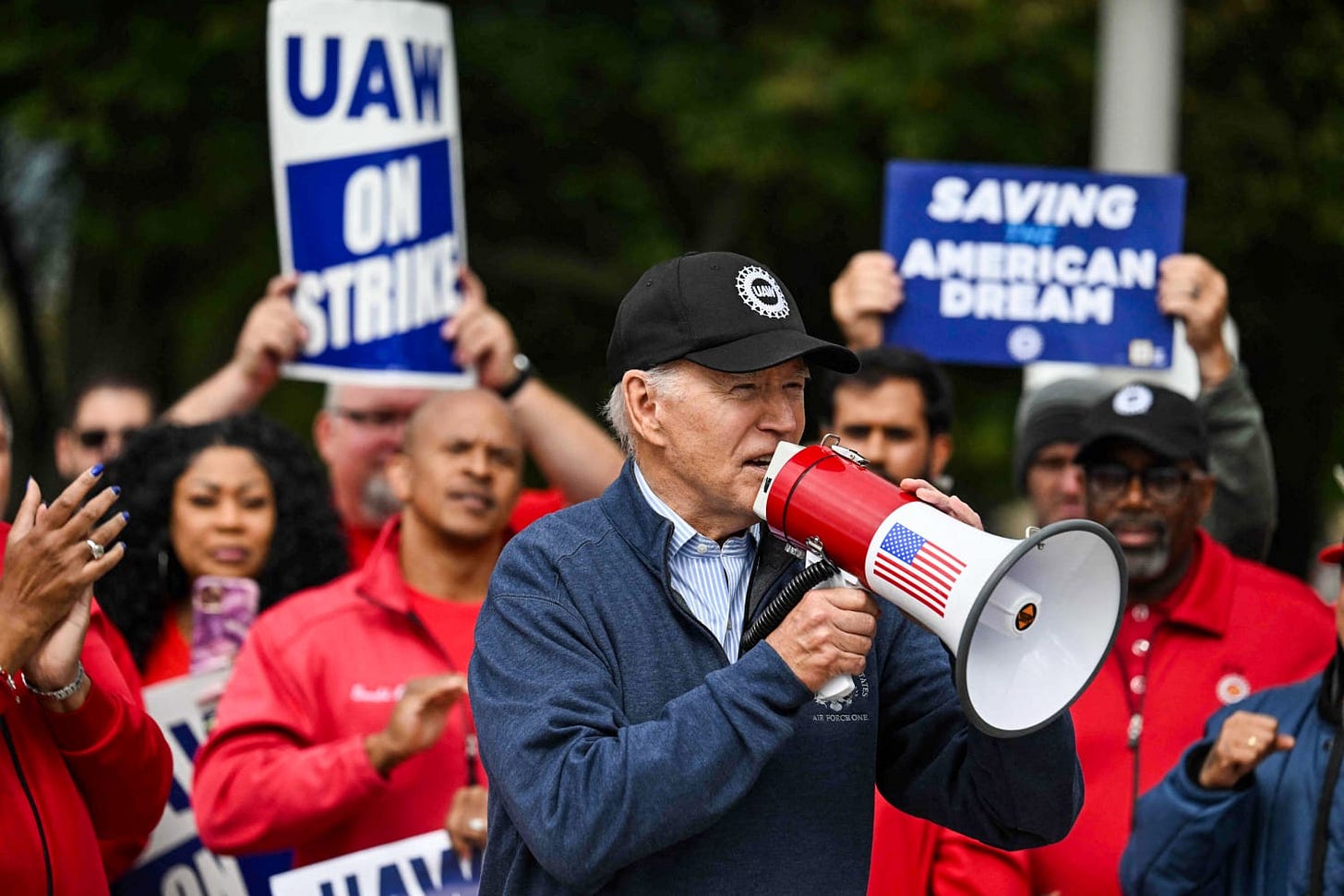Unions Are The Soul Of The Workforce.
Unions Are Pivotal To A True Worker-First Labor Movement.
A Union is a group of workers who have joined together to advocate for their rights and to improve their workplace conditions.
Essentially, a union is a means to democratize the workplace, where the average adult spends around 33% of their entire life.
The practice of unionization in the United States dates all the way back to its beginnings, with the first organization in 1794. It has long been the way workers gain a voice in negotiations with employers over wages, benefits, workplace health and safety, job training and other work-related issues.
Let’s look through the history of unions to see why they’re important, what allows them to be efficient, and which advances in the labor movement can be credited to unionization.
Why Unions Work
The framework that makes unions successful is simple.
Bargaining as a collective allows you more leverage than as an individual because replacing a substantial portion of your workforce is much more difficult than just one.
This is the school of thought that mobilized workers as far back as the industrial revolution, and while the history of unions themselves is interesting, I want to focus on the legislative gains that are core to the ability to unionize.
The American Federation of Labor (AFL), is a federation of unions that advocate for workers rights. This group was founded in 1886 and was pivotal in the push that led to the formation of the Department of Labor in 1913.
This is the federal agency responsible for enforcing hundreds of labor laws, ensuring safe and fair workplace practices, and promoting the well-being of workers on a federal level.
Shortly after came one of the most consequential pieces of legislation for the labor movement, even to this day, the Clayton Act.
This protected unions from anti-trust laws and allowed them to peacefully strike and boycott as it found labor is not a commodity but a human right. It prevented actions that would harm competition in the economy, like monopolization, or mergers that would meet that standard. It also touched on price discrimination, and allowed those harmed the ability to open lawsuits against the company.
This was further solidified with the National Labor Relation Act (NLRA) of 1935, which set in stone the federal guarantee that workers would have a right to organization, strike, and boycott.
Only to be followed by more acts championed by unions, including the Walsh-Healey Public Contracts Act of 1936 and the Fair Labor Standards Acts of 1938, which together mandated the first standards for a minimum wage, extra pay for overtime work, and basic child labor laws.
Without unions, these legislative pieces would not have been on the forefront of the discourse, and there would of been no pressure on Congress to vote in favor of them. However, thanks to unions constant fight, the labor movement began having a real voice in politics.
In this same time period we actually saw the biggest surge of legislation core to strengthening the labor movement, as they grew in size and scope there was more electoral incentive behind defending them.
The Norris-La Guardia Act in 1932 prevented courts from issuing injunctions to prevent unions from organizing and contracts that force those signing to give up their right to join a union. The National Apprenticeship Act in 1937 gave more power to the Department of Labor to ensure workplace safety.
Along with the NLRA passed in 1935, it established the National Labor Relations Board (NLRB) which has issued an extensive list of wins for the labor movement. From ensuring companies recognize unions, to preventing predatory practices like non-compete forms.
These acts and agencies work together to form the crux of what empowers the labor movement to have a voice against corporations and the existence of each can be attributed directly to unionization.
What Strikes Have Done?
A strike is the collective agreement of workers in a union to cease working under the current conditions by the employer. This can be done due to workplace conditions, wages, etc. It is typically done between collective bargaining contracts to give more leverage when negotiating a new one.
Workers deserve to be heard, and to have their demands met if they are going to be relied on to drive the profit for said company. This is why strikes should never be blamed on the workers, but the owners for refusing to properly negotiate with the union representatives.
The labor movement has seen massive gains thanks to different strikes throughout history. Take for instance the Great Railroad Strike in 1877, which led to labor rights becoming a national issue for both parties and increased membership in unions.
The Pullman Strike not 20 years later in 1894 also helped further this push and led to the creation of Labor Day as a national holiday. A United Mine Workers Strike in 1946 guaranteed health and welfare funds for miners.
Strike activity has only been growing over the years, especially with the support it received from the Biden Administration, and is nearing a 50% success rate. Meaning workers voices are being heard in a way they never have before.
What Have Unions Done For You?
Humans are naturally selfish. So a question that will inevitably arise when talking about the labor movement is, “What have unions done for me?”
The good thing is, they’ve done plenty. As we’ve discussed unions are who we can thank for the 40 hour work week, the federal minimum wage, paid medical leave, and most workplace standards we take for granted.
Data from the Center for American Progress shows union households have 1.7 times more median wealth, including across every education level. Specifically, union membership is attributed to the most income growth for households without a high school diploma.
The same report finds union membership closes the racial wealth gap as well, raising median wealth for households of color by over 167%.
Studies show union members have higher rates of insurance, and more access to health care measures. Data also supports the claim that union members typically receive more paid sick days in the same industries.
Our Treasury Department has reported that unions raise wages for all of their workers, and provide fringe benefits such as more predictable schedules or better retirement plans.
It’s also shown in that report that union members are more likely to vote, donate to charity, and benefit the community more overall. This, mixed with the competition provided from the higher wages, provides downstream benefits even to non-union workers.
Why Is This Important?
This is more important to educate yourself on now than it’s ever been because Donald Trump has already launched an unprecedented attack on labor since getting back into office.
From deadlocking the NLRB, to overturning anti-discrimination executive orders, it’s clear his agenda will be a repeat of the anti-worker outlook that plagued his first term.
This makes organizing more important than ever, understanding and supporting the power of labor more important than ever, because its the only way we’ll have to push back against this consolidation of power among the wealthy in our government that we’ve never seen before.










Union proud but also scared of this insane government ☮️